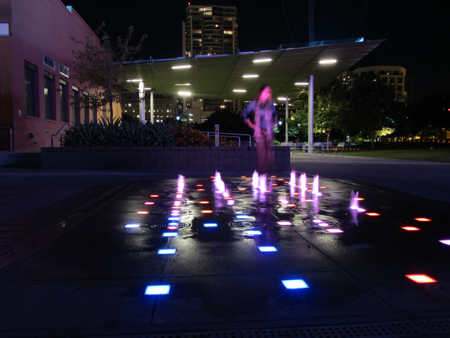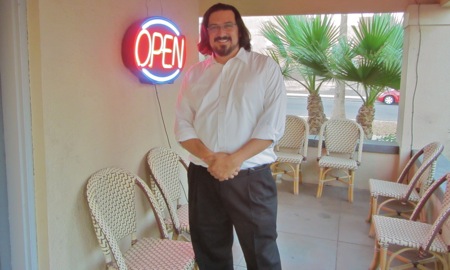As I write this, Unitarian Universalists and local allies are holding a protest rally, or “religious witness,” at Maricopa County’s infamous Tent City. The local temperature is 101 degrees (38 C.) right now, at nine o’clock at night: that’s the kind of temperatures prisoners have to endure during the long summer months at Tent City, which is part of the reason why many people consider Tent City prison to be cruel and unusual punishment, and inhumane.
The Web site for 3TV Phoenix News interviewed Sheriff Joe Arpaio yesterday, and reported: “‘They’re not going to stop me with their little demonstration,’ said Arpaio.” This is a true statement: the voters of Maricopa County have kept Arpaio in office for the past two decades, and a couple of thousand people protesting at Tent City is unlikely to influence the electorate.
I decided not to attend the religious witness at Tent City tonight. I’m not doing well with the heat, I’m trying to get another article written for the uuworld.org GA blog, I’m past tired. But I’m also wondering how this is religious witness action is going to make much of a difference. I hope our presence heartens our local allies; I hope it makes us feel less powerless ourselves. But on the other hand, Joe Arpaio loves this kind of controversy: it gets him press coverage, and gives him additional publicity for his nasty agenda.
I’m watching live streamed video from OPHKMickey — here’s a screen shot showing people streaming in to the protest site:

Update 11:00 p.m.:
A newly-posted video on 3TV Phoenix News shows Sheriff Joe Arpaio at a microphone flanked by Rev. Peter Morales and Rev. Bill Schulz. Arpaio says exactly what you’d think he’d say: “[unintelligible] for people to come in here from out of state, think they’re going to tell this sheriff how to run his operation.” No one likes outsiders telling them what to do, and Arpaio is obviously milking that for all it’s worth.



